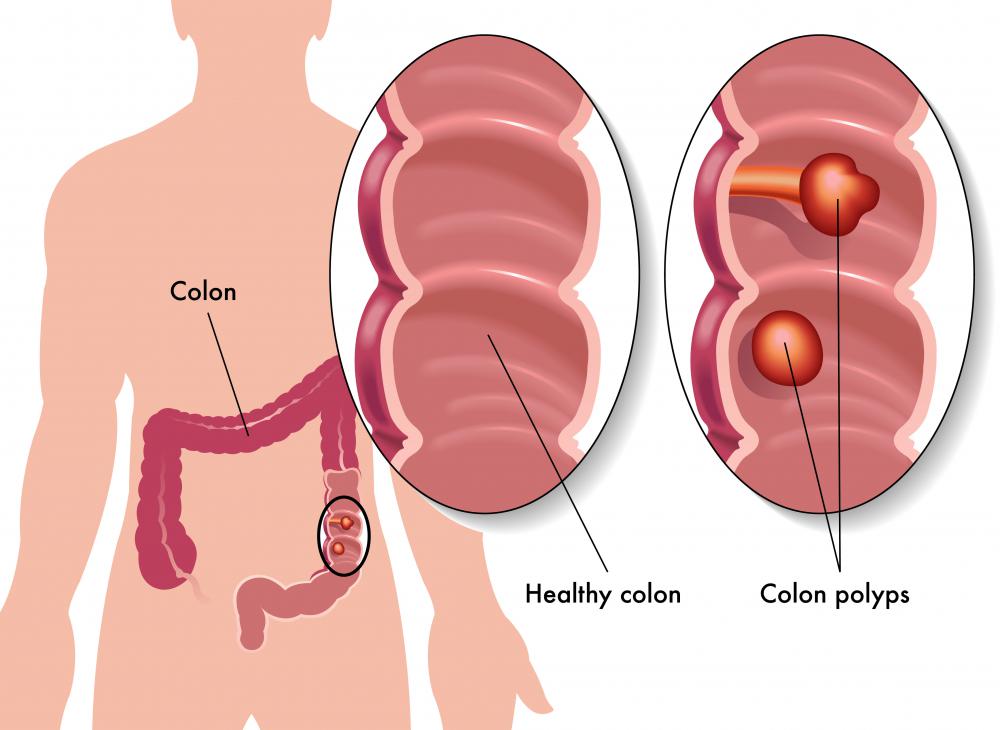At WiseGEEK, we're committed to delivering accurate, trustworthy information. Our expert-authored content is rigorously fact-checked and sourced from credible authorities. Discover how we uphold the highest standards in providing you with reliable knowledge.
What Are the Different Types of Endoscopic Tests?
An endoscopic test is a medical testing procedure that allows internal visual examination of the body. Different endoscopic tests are used for different body areas. Examples of endoscopic tests include colonoscopies, bronchoscopies, and upper endoscopies. Each test targets a different part of the body, but they all provide the same result — the ability to look inside the body without having to resort to surgery.
The colonoscopy is the most frequently ordered of the endoscopic tests. It is used to view the rectum and colon. In most cases, the test is ordered to check for polyps, tumors, and other disorders of those areas. According to the American Cancer Society, having regular colonoscopies significantly reduces the risk of developing colon cancer because the test can identify suspicious lesions, tumors, and polyps before they become cancerous or before cancer spreads.

An upper endoscopy examines the esophagus and the first part of the small intestine. This part of the intestine, called the duodenum, is a common area for ulcers to form. An upper endoscopy is used to investigate for ulcers, examine inflammation, and rule out a serious disorder called Barrett's esophagus. For this test, a flexible, thin tube with a light and camera on the end is worked down the throat and into the esophagus, and the camera sends back images for the physician to examine.

A procedure called video capsule endoscopy starts with the patient swallowing a tiny camera approximately the same size as a vitamin. As the camera makes the natural progression through the stomach, it takes many digital images, which are stored on a recording device for the doctor to read. This endoscopic test is used to diagnosis bleeding or look for tumors and polyps. The test is painless and one of the least invasive among endoscopic tests.

Endoscopic ultrasounds are used to examine the gallbladder, liver, bile ducts, and pancreas. This is one of the most highly specialized endoscopic tests. A transducer is placed at the end of the endoscope. As it travels through the body at the end of a flexible tube, it bounces sound waves off the organ structures. Doctors use this test when they want to view more than the gastrointestinal tract.

Bronchoscopy endoscopic tests are not invasive and are used to diagnose and treat certain types of lung disease. The test is also used to view and evaluate enlarged chest lymph nodes. The patient is usually sedated for the procedure due to the time that is involved and the fact that the test is also used to correct airway obstructions.
For patients with suspected gallbladder problems, a cholangioscopy may definitively locate stones, sludge, or problems with the ducts. The SpyGlass System® uses fiber optical cameras sent down an endoscope tube to the duct system. Images are sent back and examined. Stones are often fragmented and removed as part of this procedure.
AS FEATURED ON:
AS FEATURED ON:














Discuss this Article
Post your comments